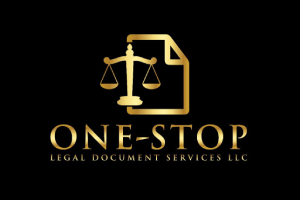
Shipboard Marine Pollution Emergency Plan (SMPEP)
Shipboard Marine Pollution Emergency Plan (SMPEP)
The Shipboard Marine Pollution Emergency Plan (SMPEP) is a comprehensive document that outlines procedures for responding to pollution incidents involving oil and noxious liquid substances. Key features include:
1. Reporting procedures for pollution incidents
2. List of authorities and persons to be contacted
3. Detailed steps for controlling discharges of oil and noxious liquid substances
4. Procedures for coordinating shipboard action with national and local authorities
5. Information on shipboard equipment for combating pollution
This document is required for ships of 150 gross tonnage and above certified to carry noxious liquid substances in bulk, as mandated by MARPOL Annex II, Regulation 17. The SMPEP combines the requirements of the Shipboard Oil Pollution Emergency Plan (SOPEP) and procedures for responding to chemical spills. It is crucial for ensuring a quick and effective response to both oil and chemical pollution incidents, minimizing environmental damage, and complying with international regulations. The plan typically includes a clear chain of command for pollution response, with defined roles and responsibilities for crew members. It outlines specific actions to be taken in various pollution scenarios, such as tank overflows, pipeline leaks, or hull damage. The SMPEP also provides guidance on the use of pollution response equipment carried on board and safety measures to be taken when dealing with hazardous substances. The plan must be approved by the flag state or a recognized organization and should be written in the working language of the crew. Regular drills and training based on the SMPEP are essential to ensure crew readiness. Overall, the Shipboard Marine Pollution Emergency Plan plays a vital role in protecting the marine environment by providing a structured approach to preventing and responding to both oil and chemical pollution incidents at sea.
